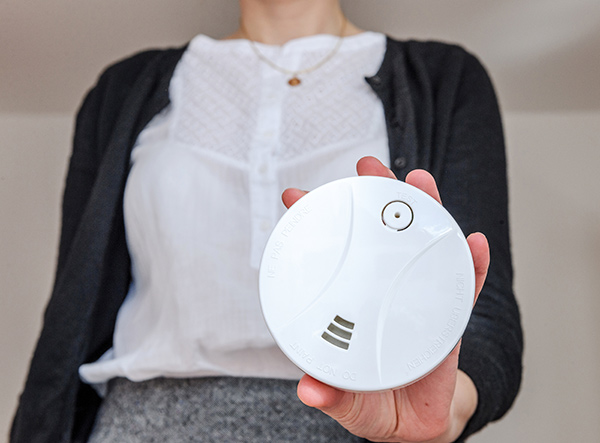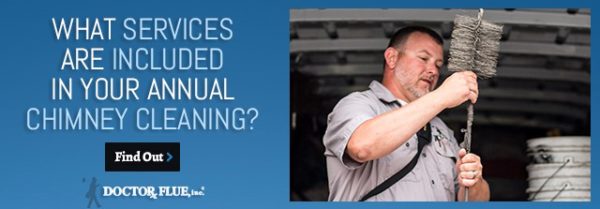
As fall approaches and hot days begin to run cold, homeowners will be turning to their fireplaces, furnaces and other combustion-based appliances. The convenience offered by these appliances can’t be overstated, but it’s important that you understand the potential carbon monoxide risks of any gas-based or burning appliance in your home.
Learn more about carbon monoxide risks, where they come from, and how you can avoid them to keep your home safe this fall and winter!
Carbon Monoxide Facts
It’s important to understand that carbon monoxide risks and incidents aren’t rare. Every year, thousands are affected by carbon monoxide in their own home – in the United States alone!
Over 400 people die every year due to carbon monoxide, and 50,000 people are admitted to the emergency room due to carbon monoxide poisoning every year.
Because it’s invisible and odorless, it’s often impossible to realize you’re being poisoned until you begin to feel the effects of prolonged exposure. By that point, it’s possible that you won’t be able to escape from the room or building that’s exposing you!
Carbon monoxide can be found in fumes from everything from your car, your stove, your gas range, furnace or wood-burning appliances. While CO is generally evacuated from your home, there are cases where it can build up or become trapped.
Tips to Avoid Carbon Monoxide Risks
Don’t Skip Inspections
Even if you feel like your appliances are reliable, it’s important that you have them inspected for safety and not just functionality! A gas appliance could appear like it’s in working order despite leaking CO into your home whenever you use it. Heating and heat-related systems are the primary source of carbon monoxide leaks in homes. Have them inspected annually to keep your family safe!
Carbon Monoxide Detectors Are a Must-Have!
Homeowners are familiar with smoke and fire detectors. These life-saving home alert systems prevent us from succumbing to unexpected dangers when we’re sleeping or otherwise distracted. The same precautions should be taken for carbon monoxide – which is significantly more challenging to detect on your own.
Carbon monoxide detectors can be installed separately, or as part of a smoke and CO detector combo. They should be placed around your home just like smoke detectors – but it’s especially important to have them in rooms where you sleep and near appliances that may leak the deadly gas.
Additional Tip: If you already have detectors, or plan to get them, remember to frequently test them to make sure they’re still functional! Modern detectors alert you when their batteries are running low, but that period may have happened while you were out of the home for an extended duration. You should test them once every six months.
Never Heat Your Home with a Gas Oven
Unlike zone heating with a fireplace, using a gas oven to heat your home is neither safe nor effective. Gas ovens aren’t designed to be used in this way, and it’s a quick way to introduce carbon monoxide into your home.
In addition to being dangerous, it’s highly inefficient. It uses a high amount of gas and produces a relatively low amount of heat when it has to spread across your home instead of inside the insulated oven. You’re unlikely to get much heat for the extreme risk it puts your family in!
Keep Your Chimney & Flue Clear
The biggest risk of carbon monoxide from a fireplace is when the chimney cannot properly vent these gasses out of your home. There are several potential causes for this:
Damper Closed – The easiest thing to check is to make sure your damper is open before you use your fireplace.
Creosote build-up – Byproducts of combustion leave behind a residue that can build up over the years, eventually reducing the total space smoke has to evacuate the flue
Debris – Exterior debris like animal nests, sticks and more can clog the top of your flue and prevent smoke from escaping.
All these issues are things that will be caught with your annual inspection and cleaning. This is just one reason why they’re so important not to skip every year!

Schedule an Inspection of Your Chimney Today!
Our CSIA Certified Chimney Sweeps will inspect your fireplace and chimney to make sure your chimney liner is in excellent condition, or to schedule an appointment to install a new liner if necessary! Contact us today! We’ll get you set up right away so you can have peace of mind.
Call Us: 1-800-438-3583
Email Us: office@drflue.com
Office Hours: Mon-Fri: 8am-4pm
Connect with Doctor Flue on Social Media
